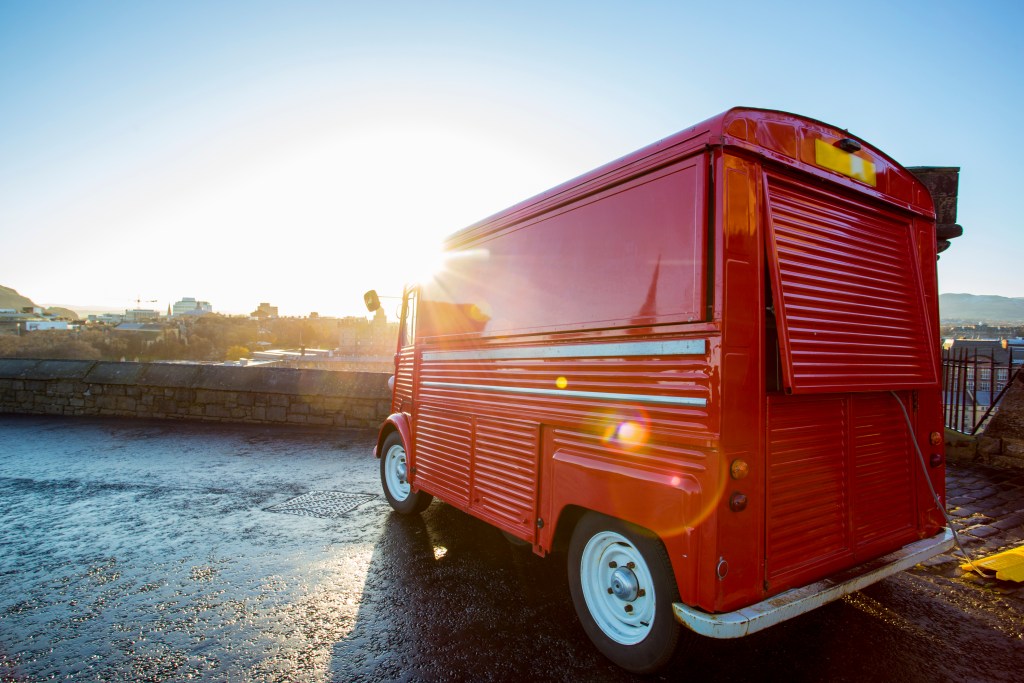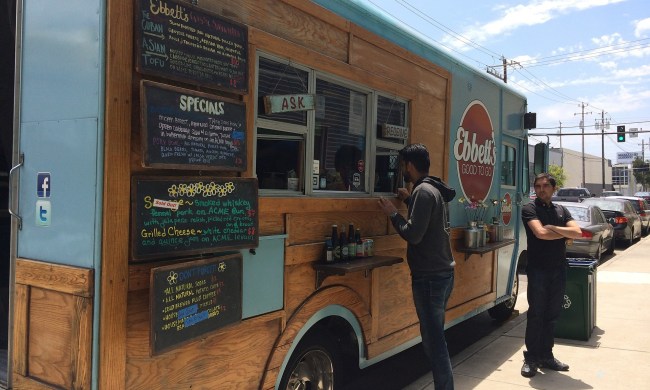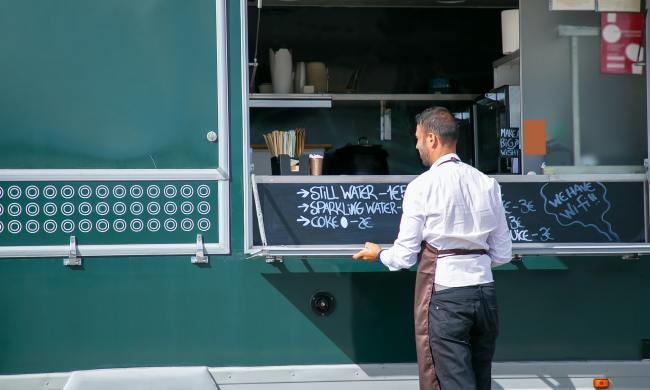Food trucks are an outdoor business. Not all trucks rely on seasonality and weather like an ice cream food truck. No matter what you sell, your food truck sales occur outside. And the cold tends to put a damper on most foot traffic, therefore putting a damper on your business.
But you can winterize your food truck and still make a profit in the colder months. Maybe you’re new to the food truck industry or perhaps you wish to maximize your profit. The best way to optimize your food truck winter sales is with solid ideas. If you’re struggling to develop your own thoughts, check out the ones below for some possible solutions for winter sales and get answers to some additional questions.
Do food trucks do well in the winter?
You’re probably wondering how food trucks can “winterize.” Even with insulation, the open air and general outdoor operations leave any food truck exposed to the elements. In the summertime, this proves problematic for keeping cool, especially with hot fryers and grills.
Food trucks do well in the winter in areas where truck owners adapt. They also do well if the cold’s not as aggressive or the truck is located somewhere customers can find a warm reprieve to enjoy whatever eats they’ve purchased. Of course, food trucks don’t do as well in the winter as they do in warmer months.
How do food trucks keep food warm?
If you do plan to operate in colder regions or the winter, you need to know how to keep your food truck warm. Winterizing your food truck isn’t just about operating. It’s also about staying comfortable.
Most trucks have a built-in heating system with whatever food truck equipment is used to cook and prep food. Grills and fryers warm up most trucks to potentially dangerous levels in the summer (even with proper ventilation). In the winter, this residual heat is excellent for keeping food (and employees) warm.
Instead of leaving cooked food on the food truck window sill, it’s better to keep it in the truck. If you lack an interior space to store completed orders, consider adjusting your truck’s layout for seasonal needs.

1. Work with local businesses
An excellent tactic for winterizing your food truck starts with working alongside local businesses. Depending on what you sell, you could park your food truck outside a venue to boost sales for you both.
For example, if you park outside a bar and you sell food, this could keep customers on the premises longer since they don’t have to leave for a bite to eat. Plus, you might even save on parking permits and fees if you can park for free.
2. Set up outside festivals
Colder months are full of seasonal festivals. From autumn to winter, there are all sorts of holidays that everyone celebrates at community gatherings. For winter especially, you have tons of potential opportunities to set up shop and make a decent profit.
If you’ve created a seasonal menu, this is an especially great opportunity to sell your goods. And if you’ve got a special event permit, you’re probably already covered to sell your food or concessions.
3. Consider delivery and catering
If you can’t quite beat the cold and winterize your whole operation, consider delivery or catering as a backup plan. A good way to boost food truck winter sales starts with changing how and where you sell. If your mobile operation can pivot to delivery or catering, you could easily maintain or increase your profits.
Catering and delivery don’t require much beyond prep space. If you’ve got parking permits, you can even move your truck to delivery hot spots or the venue where you might cater.
4. Craft a seasonal menu
If you can adjust your menu to meet seasonal tastes, winter’s the time to do it. You can try out those dishes or drinks you’ve wanted to, perhaps with a warmer twist. And if your primary cuisine is catered toward warmer weather, consider this the perfect time to innovate and try something new.
5. Warm up your online presence
Maybe your online presence has been “cold.” If you lack customers, one way to winterize your food truck business is to strengthen your virtual recognition. It might mean updating content on your website or finally investing in social media marketing. If you’ve got more free time to dedicate to the passive parts of your business, your business off-season is the best time to do so.
6. Head south (or somewhere warmer)
As a last resort, you can always take your business elsewhere. That’s the most significant benefit of operating a mobile business. If you have another location in a warmer area, you can sell your food and/or drink there. Go for it. Ensure you’ve got proper licensing and permitting to take your food truck somewhere further south or warmer.


